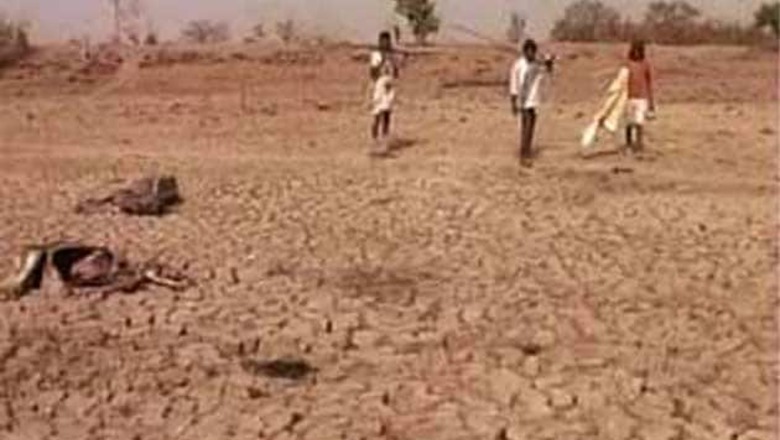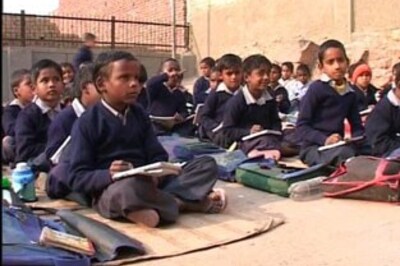
views
New Delhi: The spectre of drought looming over parts of the country has receded over the past week due to the revival of the monsoon but officials are keeping their fingers crossed as a long dry spell in between the rains can damage crops and lead to inflationary pressures.
Officials said that many states in central and northwest India, which account for a sizable production of pulses, oilseeds and coarse grains and were "highly deficient" in rainfall, had seen "good rains" over the past few days.
Agriculture ministry officials said the Met department has predicted good rains in the coming days but a dry spell for a fortnight or so during the remaining days of the monsoon can be damaging for the crops.
"We have turned away from a possible drought situation (due to rains over the past week). The IMD prediction for the next two weeks is quite positive except for peninsular India. But the monsoon period will last for another two and a half months. If there is a long dry spell, that will impact (the crops) negatively," a senior agriculture ministry official told IANS.
The official, who did not want to be named, said that farmers were sowing crops in areas where rainfall had been delayed and the next 15 days were important for "strengthening of crops."
The monsoon rainfall was 43 per cent below average in June but the deficiency had come down to 32 per cent by July 19.
Apart from deficient rainfall, the government is also concerned about the water position in the reservoirs which is not as comfortable as last year.
Officials said that water storage in 85 important reservoirs in the country as on July 17 was 39.995 BCM (billion cubic metres) which is merely 26 per cent of the total storage capacity of these reservoirs.
They said that this was only 61 per cent of the storage for the corresponding period last year and 87 per cent of the average storage for the last ten years.
"The present storage position is less than the storage position of last year and also less than the average storage of the last ten years," an official of the water resources ministry said.
He said that the storage level in reservoirs directly impacts the release of water for irrigation and other purposes. "If storage is low, it also has a bearing on the next crop season," he said.
India had faced a drought in 2009 and the government had taken a series of measures, including convergence of some rural and agricultural schemes.
The National Democratic Alliance government has also taken preventive steps in view of deficient rainfall in the monsoon period and "anticipated a drought like situation this year."
Officials said that states had been asked to take up a large number of labour intensive works under MGNREGA (Mahatma Gandhi National Rural Employment Guarantee Act). They have also been told to implement drought mitigation measures like renovation of traditional water bodies and maintenance of irrigation canals.
There has been region-wise variation in rainfall deficiency during the monsoon period this year. While the rainfall was 21 percent deficient in east and northeast India (from June 1 to July 19, 2014), it was 36 per cent deficient in northwest India, 41 per cent deficient in central India and 27 per cent deficient in the south peninsula.
While no meteorological sub-division in the country had received excess rainfall till July 19, 10 had received normal and two had received scanty rainfall. The rainfall was deficient in 24 sub-divisions.




















Comments
0 comment